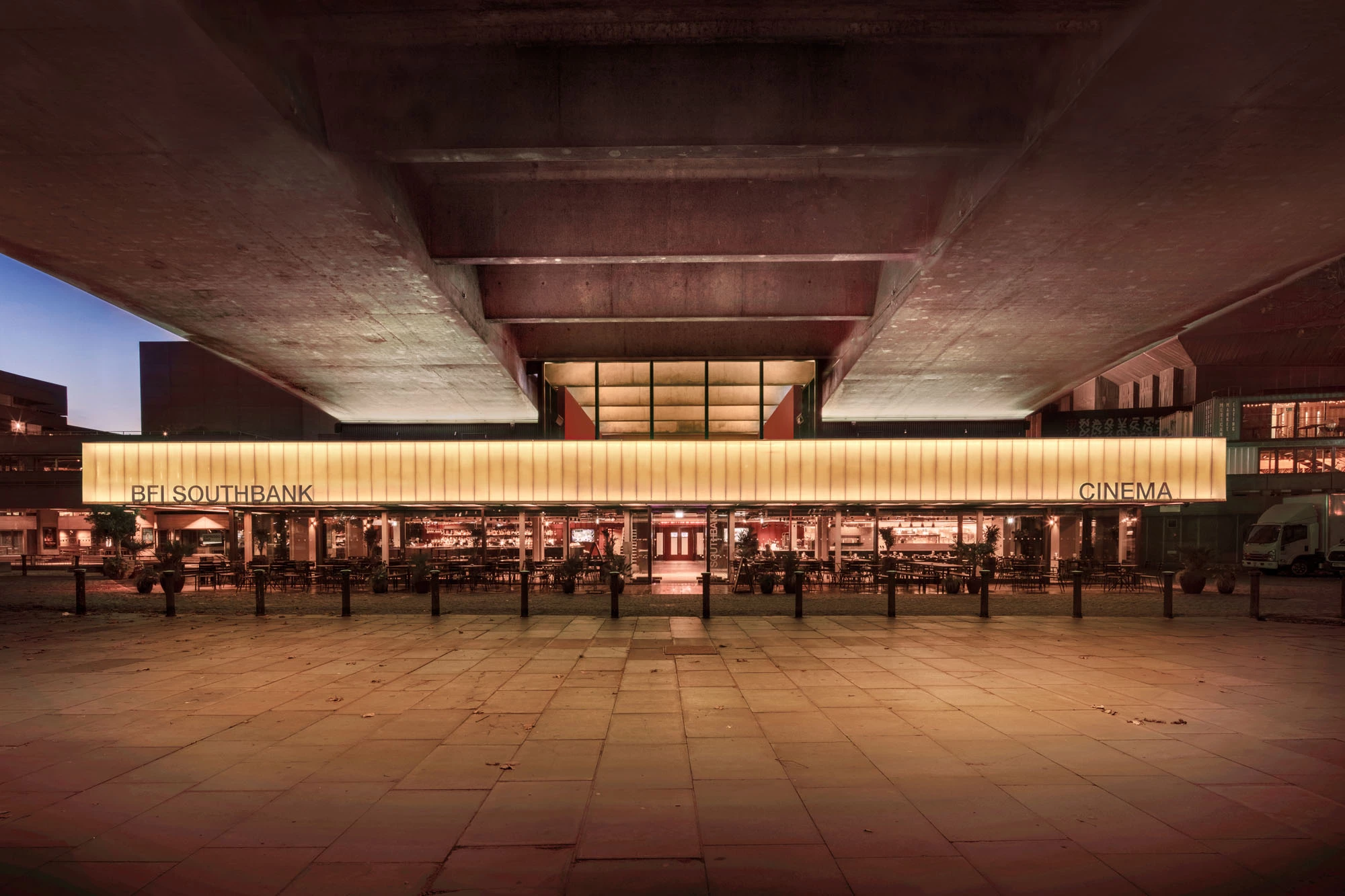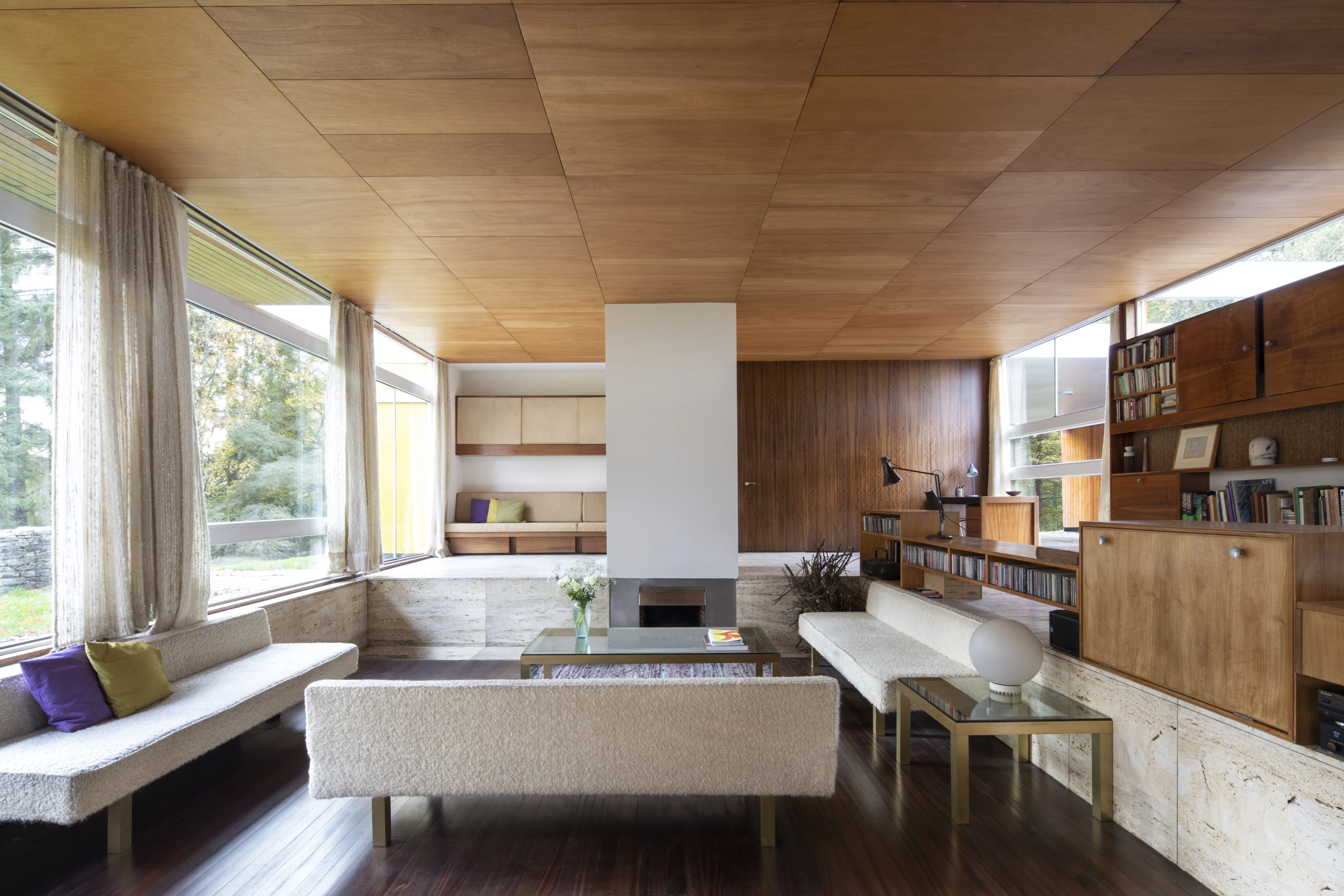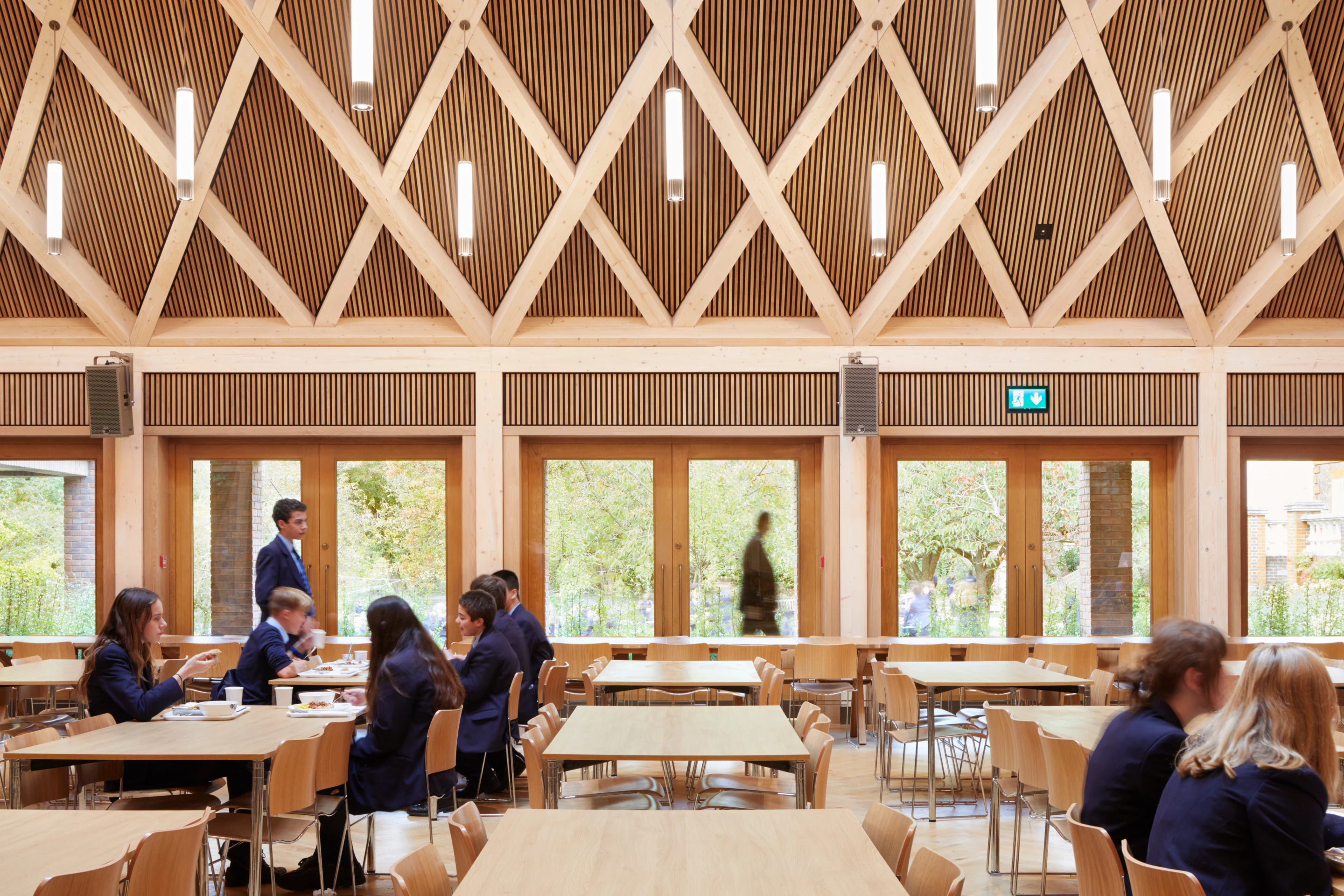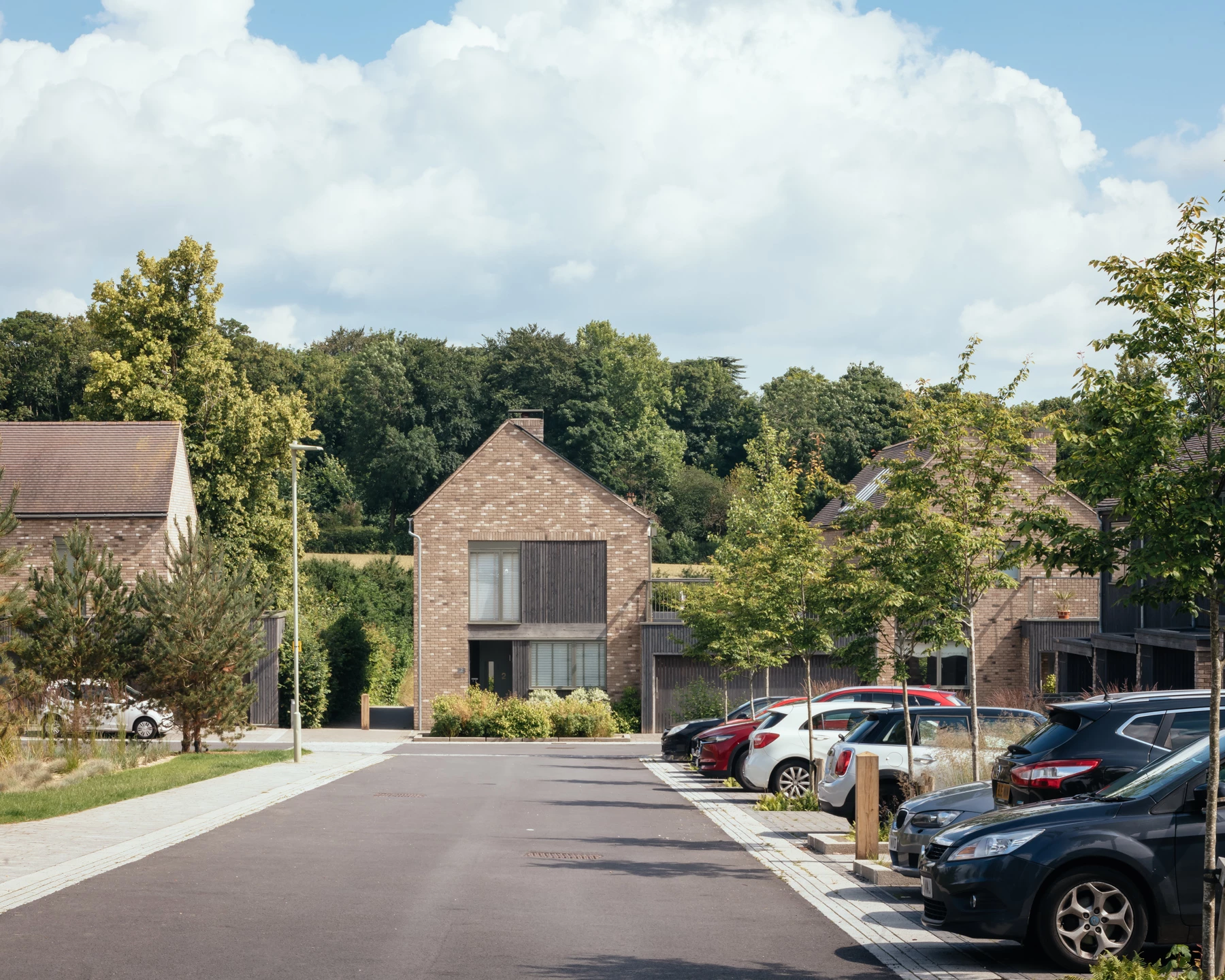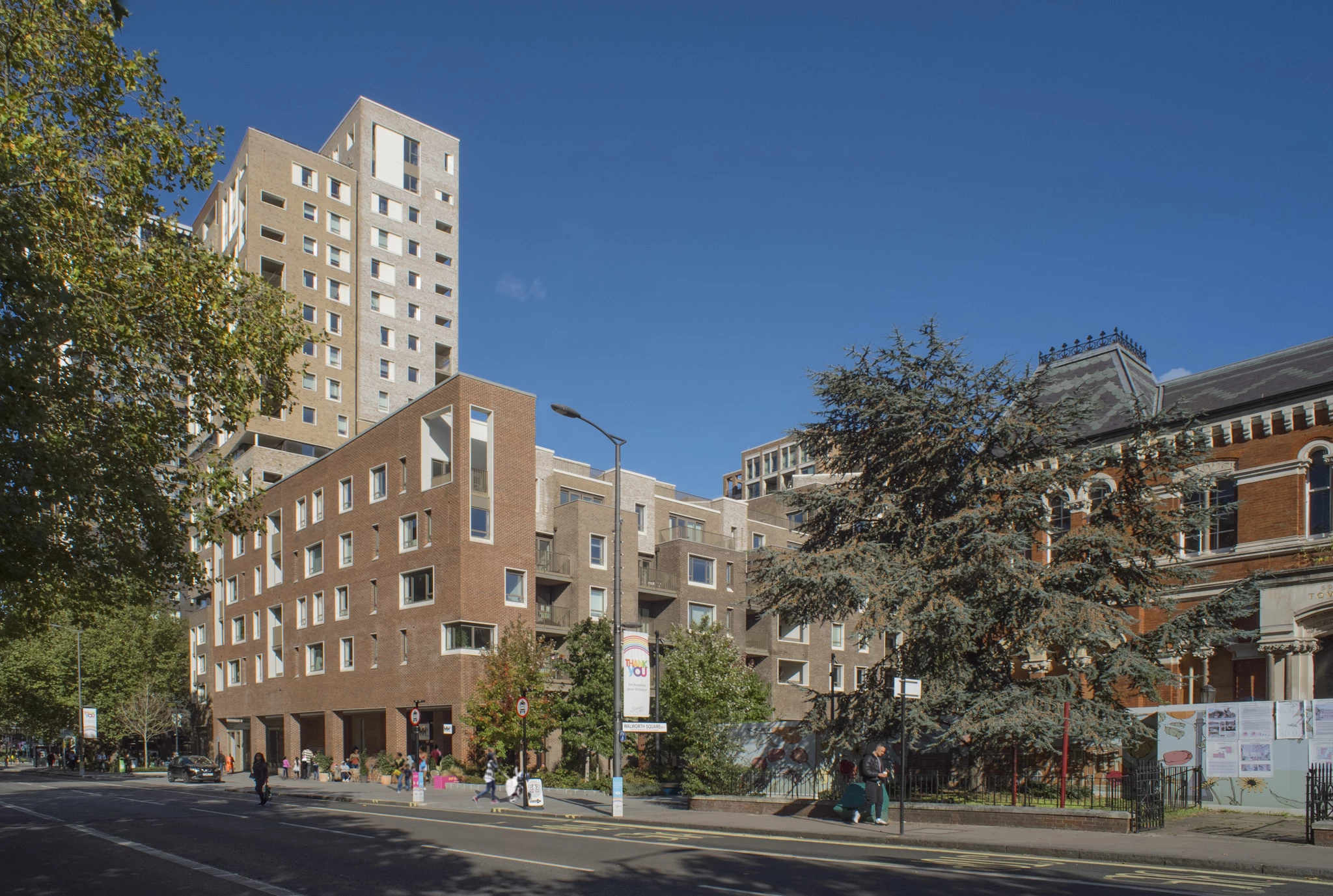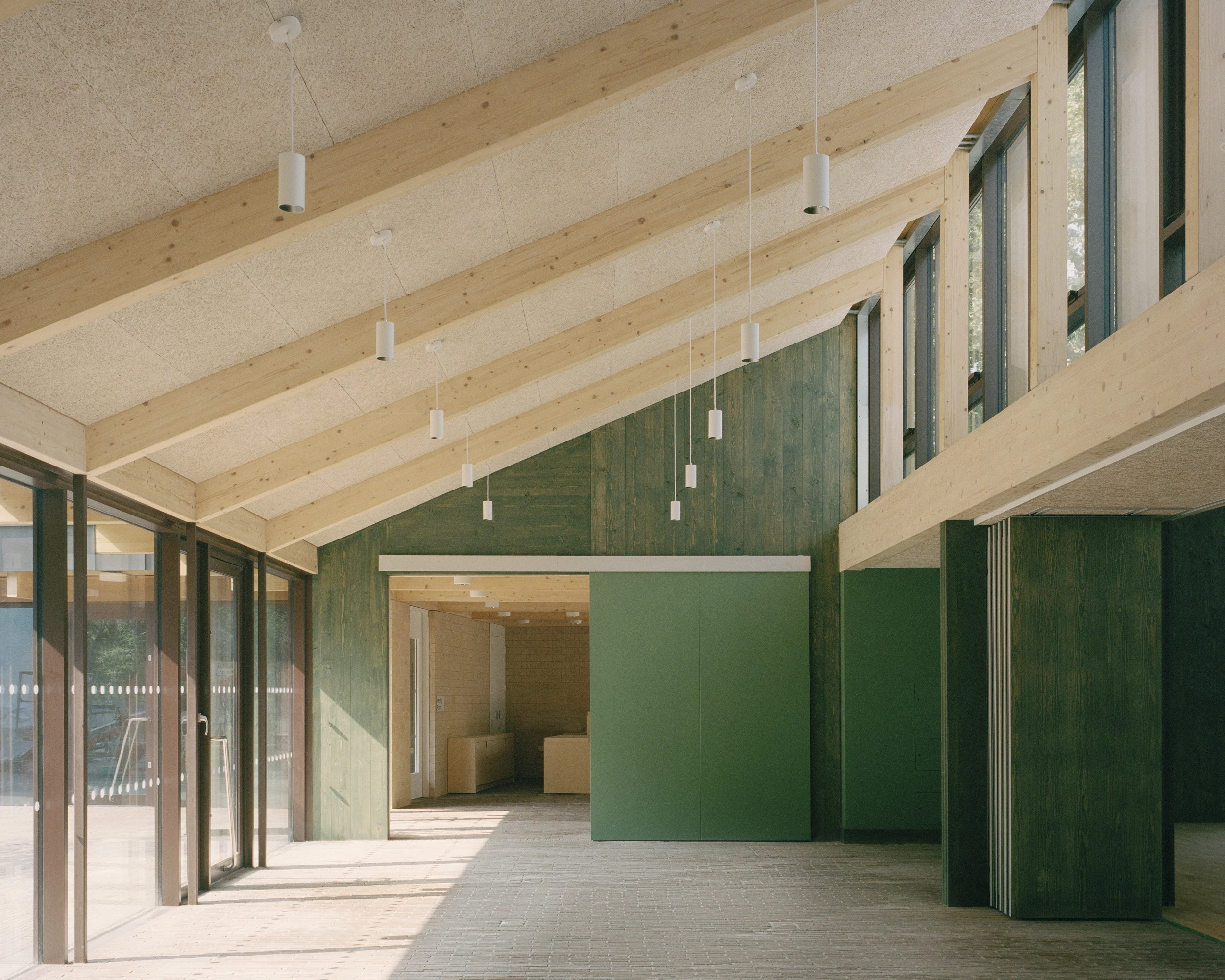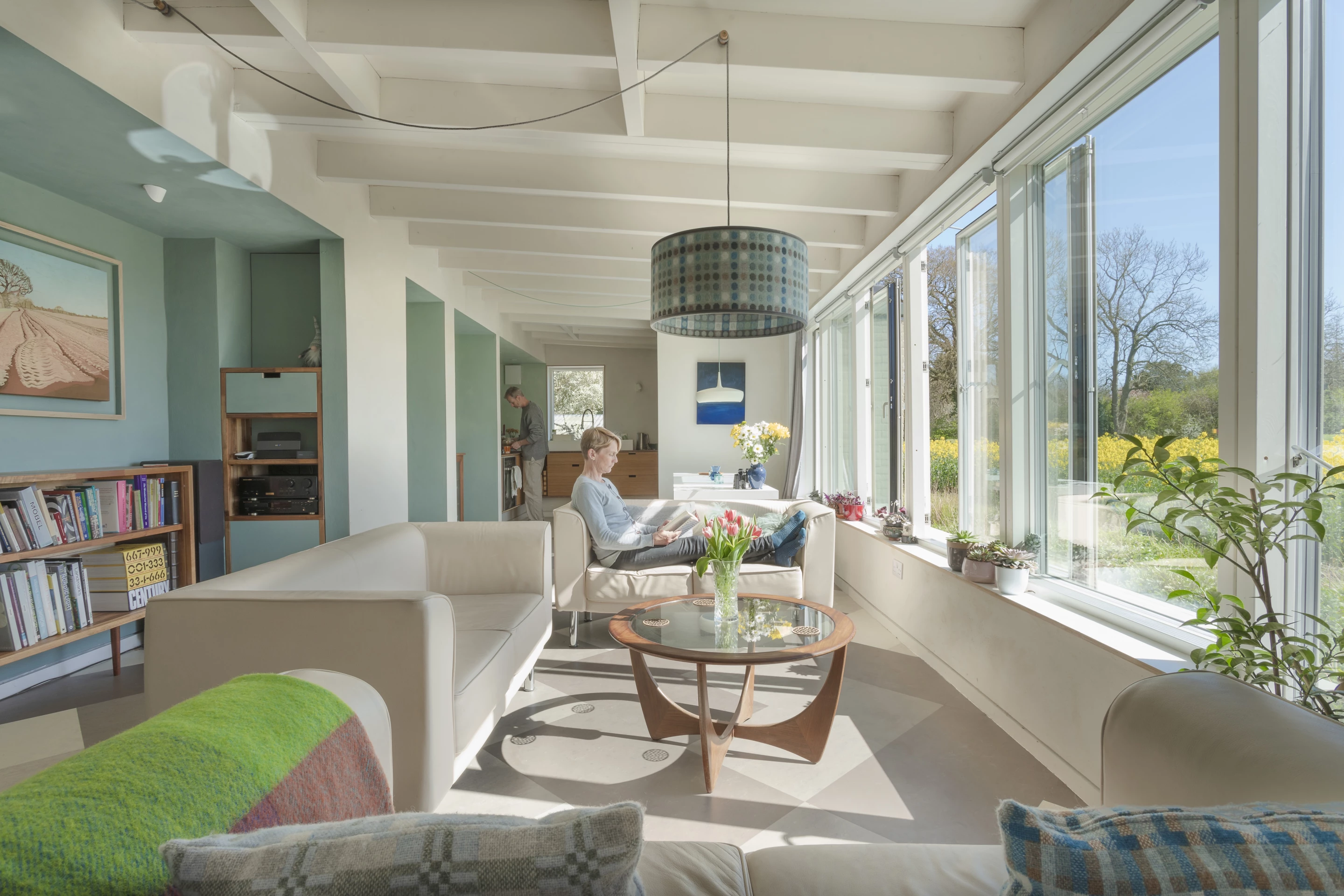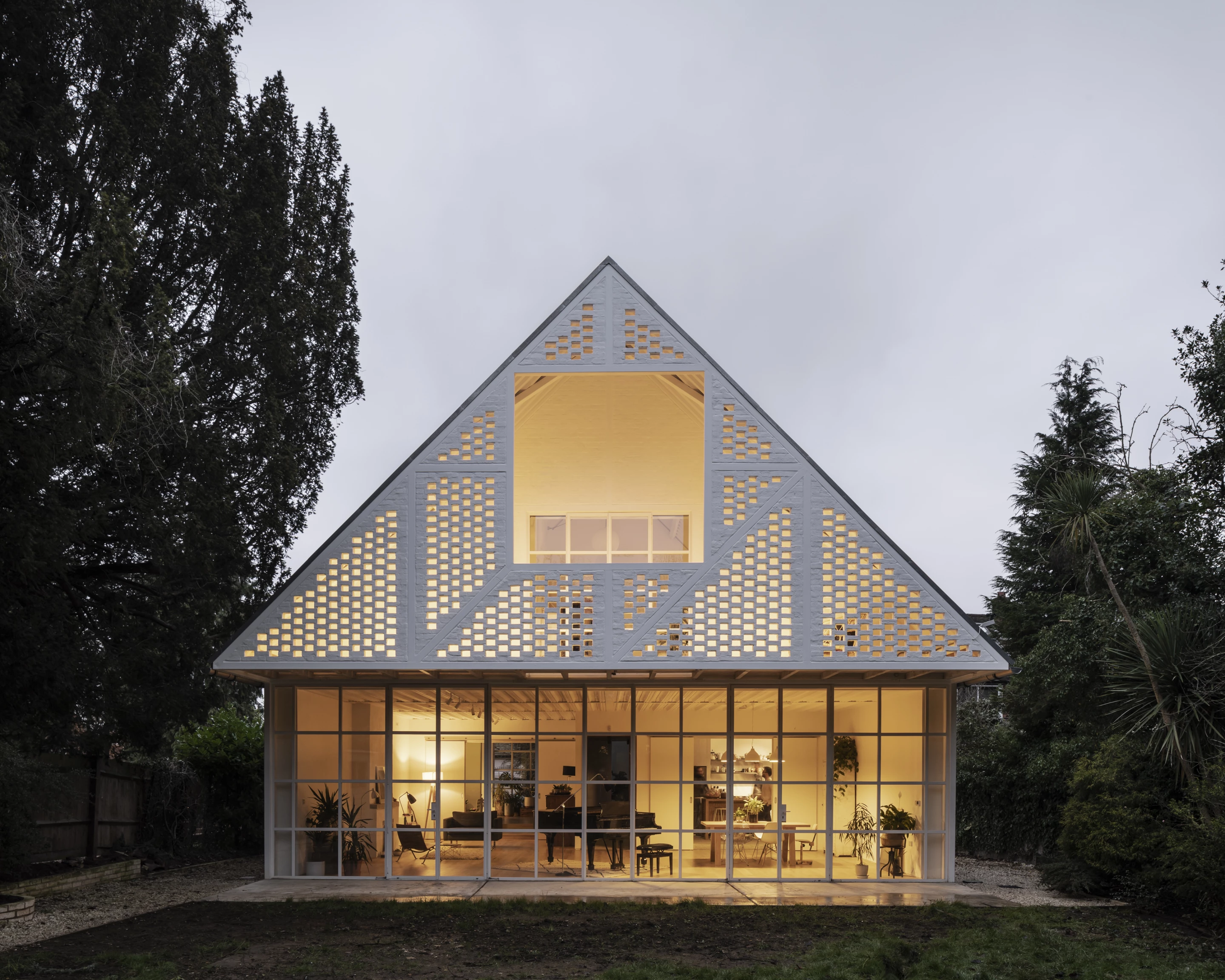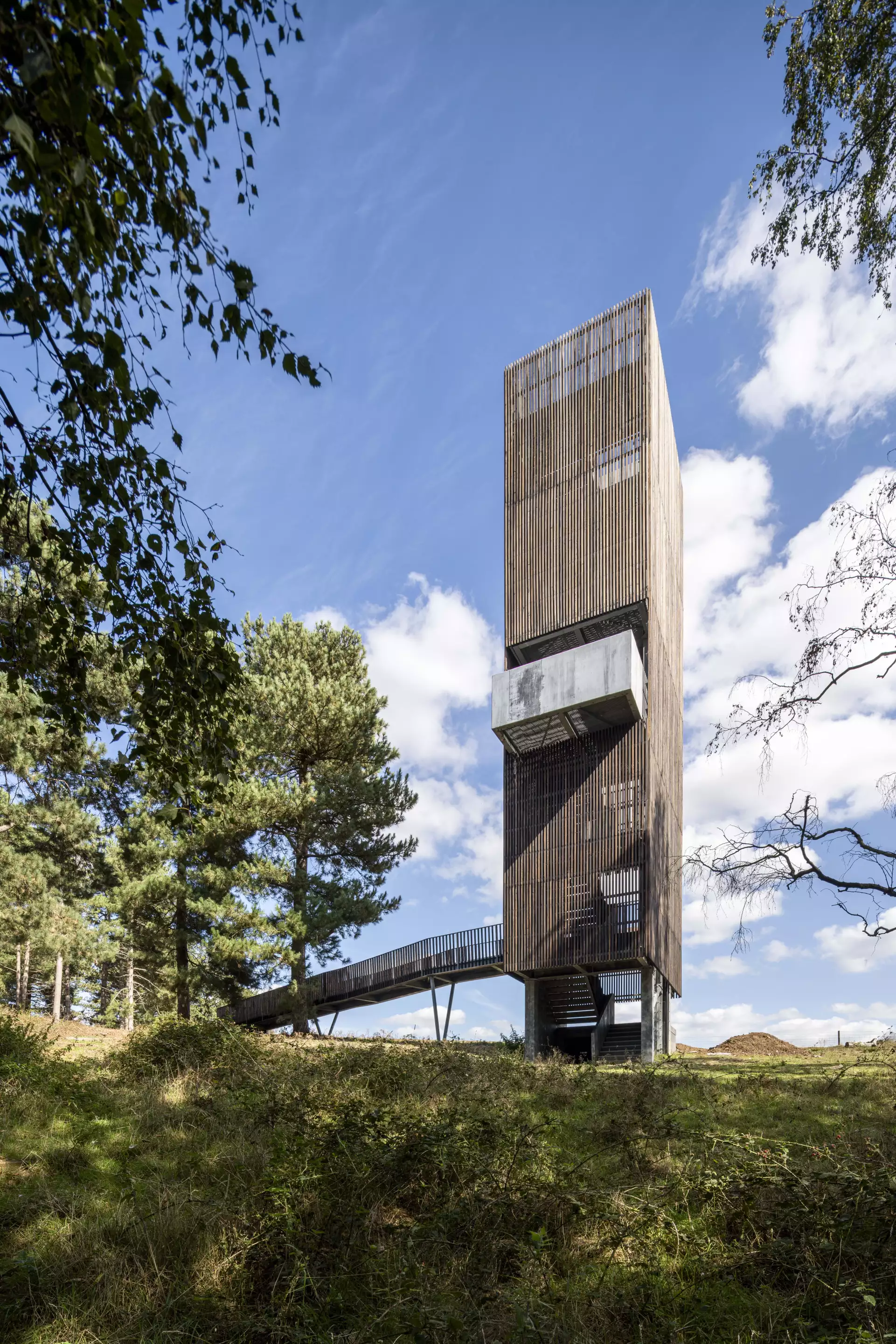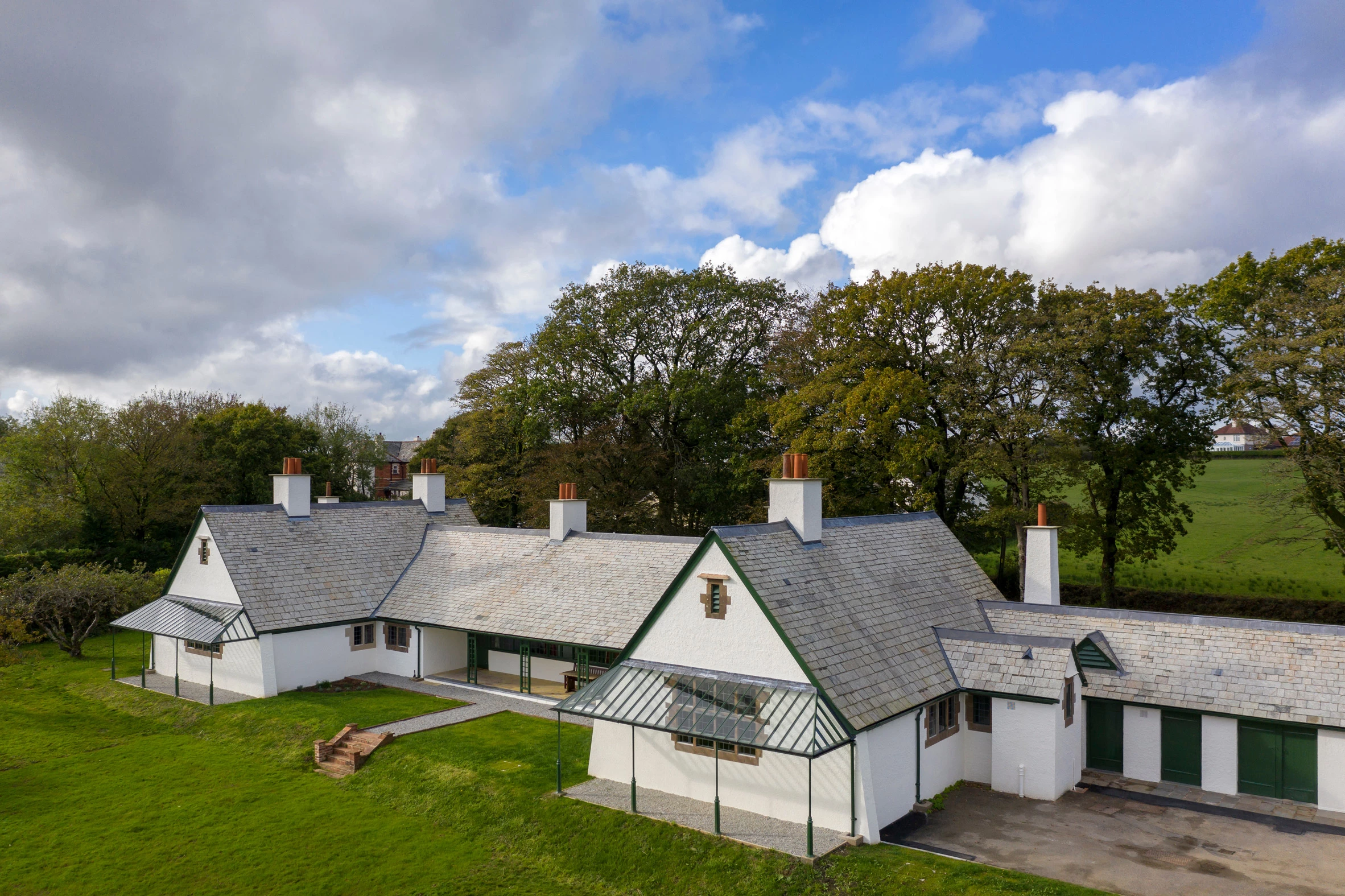The Royal Institute of British Architects (RIBA) has revealed the winners of this year's National Awards. Consisting of 29 of the UK's finest new buildings, highlights include a superb house extended into some nearby ruins and the country's first Passivhaus-rated high school.
The number of 2022 RIBA National Awards winners is a significant decrease from last year's crop of 54, which is perhaps a reflection of the disruption caused by the COVID-19 pandemic. As is the case every year, most of the projects are situated in England, especially London, though there are also three in Scotland and just one in Northern Ireland. There are none from Wales.
"At a time when we need to bring people together and plan for a sustainable future, this year's RIBA National Award-winning buildings offer much hope," said RIBA President Simon Allford. "This is a powerful collection of buildings that show, despite the economic, political and social turmoil of the last few years, how great architecture can emerge even in challenging conditions.
"Retaining and reusing existing buildings is a crucial part of our low carbon future and I am really encouraged to see restoration and sensitive adaptation feature so prominently this year; with buildings acknowledging their history, the needs of the present and the potential of a dynamic future. It is particularly inspiring to see the UK's first secondary school to achieve 'Passivhaus' eco-accreditation amongst our winners – a benchmark for investment in sustainable education buildings."
In the coming weeks, these 29 architecture projects will be reduced to a shortlist, before the absolute best is selected to receive the most prestigious award in British architecture, the Stirling Prize, in October. We've highlighted a couple of our favorite projects below, but head to the gallery for a look at all the winners of the 2022 RIBA National Awards.
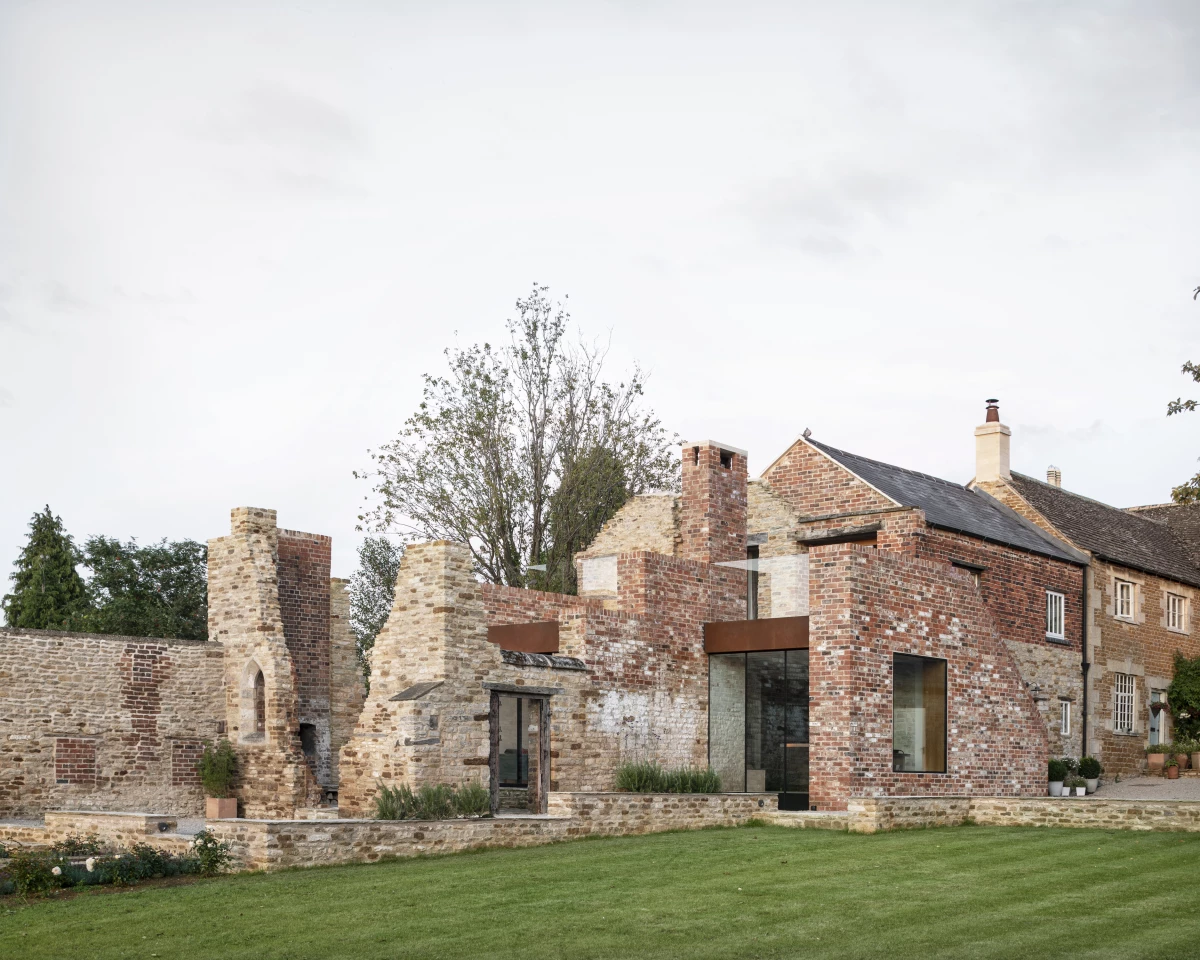
The Parchment Works, by Will Gamble Architects, is a stunning house extension in Northamptonshire, England. The project adds some living space to an architecturally important Victorian-era family home while incorporating the ruined walls of an adjacent historic parchment factory on the site.
The blending of old and new is expertly handled here and the firm made use of reclaimed and recycled materials to help ensure the new home extension fits into the old walls.
"The jury panel enjoyed the connections set up in the plan, for example, a long view from the front door leads right through the cellular rooms of the Victorian house to the light-filled living spaces and garden rooms beyond," said RIBA. "They enjoyed the rich variety of experiences available in such a small extension, where each room or external area connected to others offering many different ways to use this part of the house."
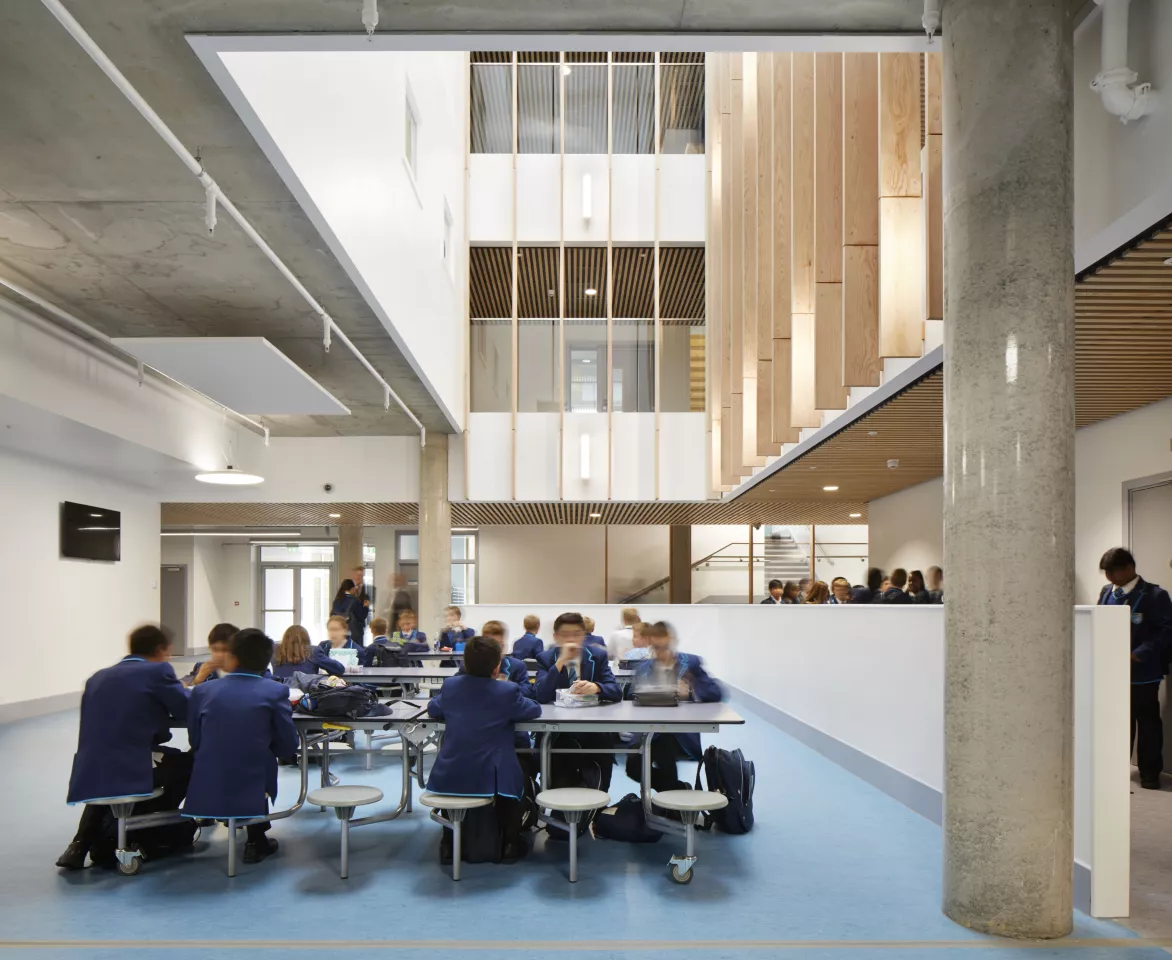
Harris Academy, Sutton comes courtesy of Architype and is located in South London. In addition to being the UK's first Passivhaus-certified high school, the impressively green project is also the largest Passivhaus school in the country.
It's situated on an awkward sloping site and was constructed using cross laminated timber, with a focus on air-tightness and insulation ensuring it requires very little energy to heat and cool. Daylight has also been maximized inside and the school layout is flexible to ensure that class sizes can shrink or grow, as required.
"Teachers observe that students are more alert, even at the end of long days owing to the biophilic design elements in the school's design which incorporate high quality, natural materials with extensive daylighting, comfortable temperatures and low CO2 levels," said RIBA. "The school also noted that there is an evident sense of pride among students, with university-style independent learning zones and meeting spaces that support the older students’ transition to further education."
Source: RIBA



